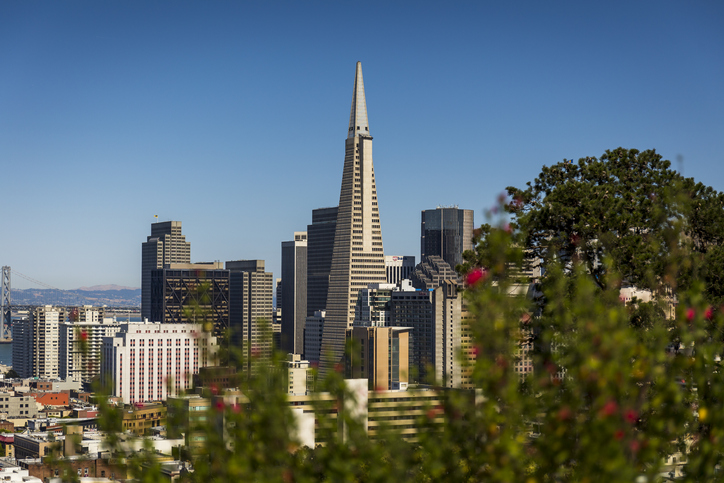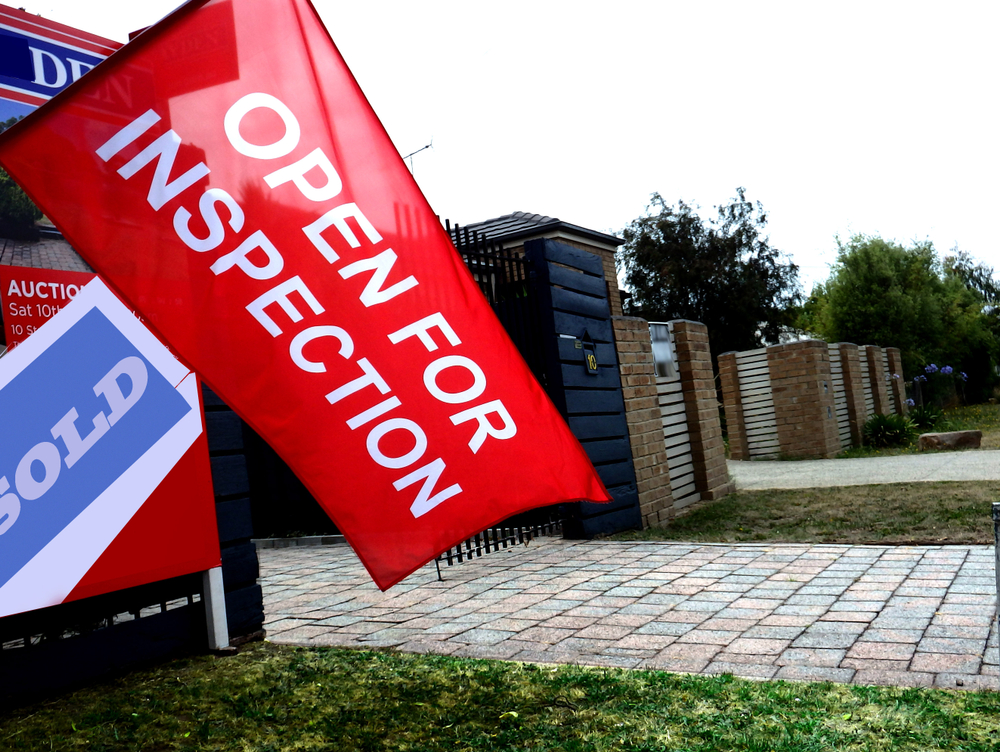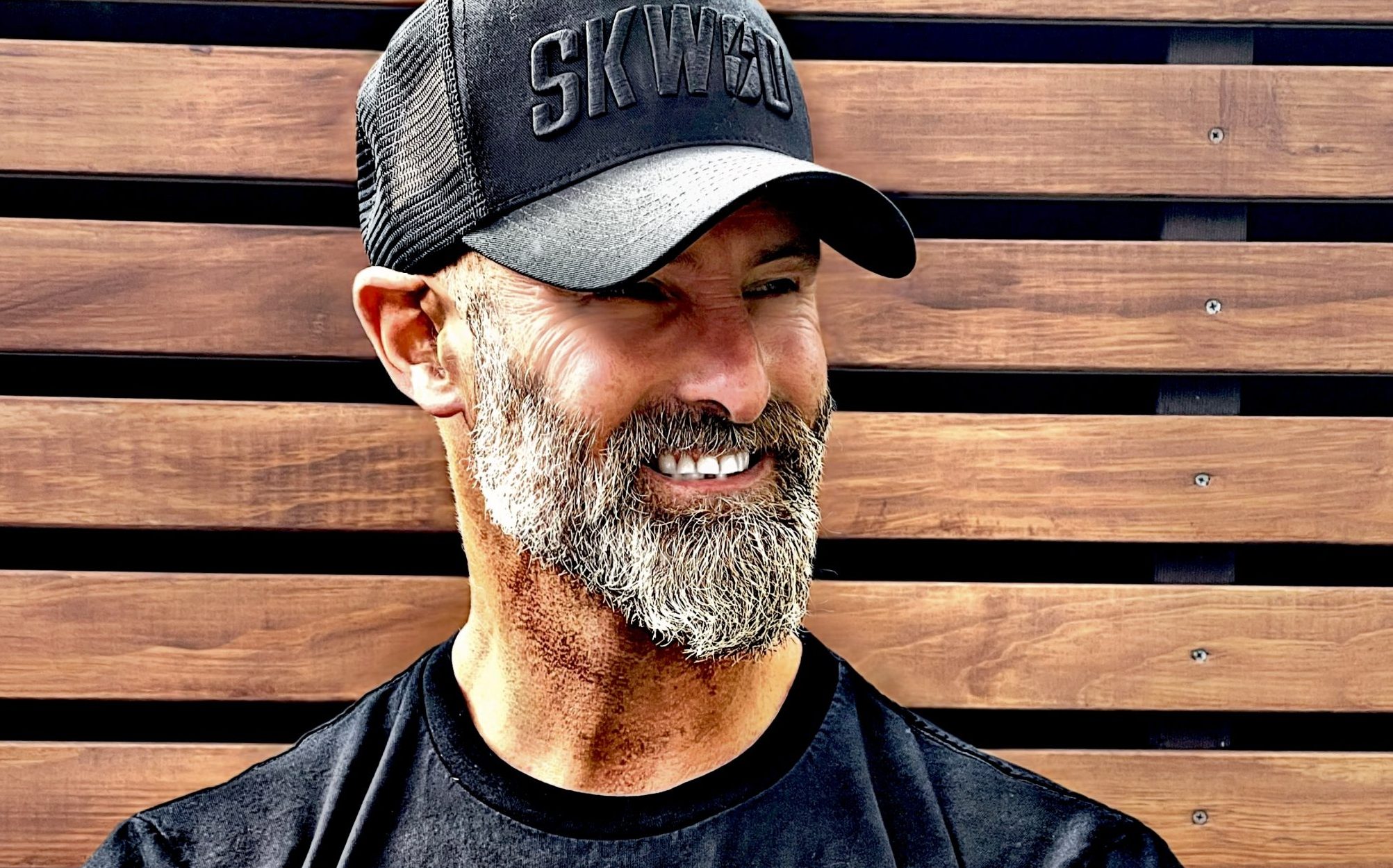Wall Street Is Ready to Scoop Up Commercial Real Estate on the Cheap
Firms are raising billions of dollars for funds to target assets with slumping values
Wall Street firms are raising new funds to acquire office buildings, apartments and other troubled commercial real estate, looking to scoop up properties at a fraction of the price investors paid a few years ago.
Cohen & Steers, Goldman Sachs, EQT Exeter and BGO, formerly known as BentallGreenOak, are among the prominent names raising billions of dollars for funds to target distressed assets and other real estate with slumping values, according to regulatory filings.
“The last few weeks, I’ve been saying, ‘holy mackerel, they’re coming out of the woodwork,’” said Kevin Gannon, chief executive of Robert A. Stanger & Co., an investment-banking firm that tracks real-estate fundraising.
The new funds are seeking to capitalise on one of the most troubled commercial-property markets in decades. Values have nosedived since interest rates spiked last year, driving up borrowing costs in the highly leveraged business. The office market, one of the largest sectors, has also been clobbered by a sluggish return-to-office rate, which has sent vacancy rates soaring. Apartment buildings, an investor haven in the past, look vulnerable as owners try to refinance at much higher rates. Mall owners are contending with steep value declines, some of more than 70% over the past few years.
Commercial-property sales have been moribund until recently because most sellers haven’t been willing to cut their prices to the levels that buyers are demanding. Now, a small but growing number of office owners have begun to capitulate, unloading distressed properties.
The capitulation marks a new phase in the commercial real-estate upheaval, as more beleaguered property owners turn over properties to lenders or decide to take what they can get, rather than hold out hope for an eventual recovery. This wave of fundraising is the latest sign that sales activity is expected to increase as more sellers yield on price.
In one recent example, the owner of a downtown San Francisco office tower unloaded the property for $41 million to developer Presidio Bay. The seller, Clarion Partners, had purchased the property for $107 million in 2014.
While the clearest distress is in the office sector, many property owners with floating-rate debt may also feel pressured to sell at marked-down prices because they are unable to refinance at today’s higher rates. In addition, fund managers expect values to fall as regional banks, under pressure from this year’s rash of bank failures, unload commercial-property loan portfolios at discounted prices.
“There are selective opportunities beginning to arise for investors that are in a position to take advantage of weakness,” said Rich Hill, head of real-estate strategy for Cohen & Steers, which is aiming to raise more than $2.5 billion in a new nontraded real-estate investment trust.
Commercial-property values already have fallen about 10 to 15 percentage points from their peaks in the third quarter last year, and might fall a total of 20 to 25 percentage points, said Hill. “You have to go back to the [savings and loan] crisis and the global financial crisis to see such big declines in property valuations,” he said.
The volume of distressed commercial real estate grew by $8 billion in the second quarter, reflecting the rise in cases where the owners defaulted or lenders foreclosed, according to data provider MSCI Real Assets. That is the biggest quarterly increase since the second quarter of 2020.
While most of the new funds are looking to buy property, some are planning to lend to property owners and fill the void left by the cutback in activity from regional banks and mortgage real-estate investment trusts. With less competition, the lenders who are still active are able to charge higher rates and get better deal terms from borrowers.
Invesco Real Estate, which has a long track record of raising funds from institutional investors for real-estate credit funds, is raising its first such fund targeting the retail audience.
Many of the new funds, such as those being raised by Invesco and Cohen & Steers, are targeting individual investors. Smaller investors have shown an enormous appetite for property investments in recent years, especially with the growth of the nontraded real-estate investment trust industry which raised about $100 billion in the past seven years.
But many of the non traded REITs that were formed before last year’s rise in interest rates have been under pressure to redeem money back to investors who want to cash out. Over $9 billion was redeemed in the first six months of this year, according to Stanger, and many investors have been forced to wait to get their money because of the rush to the redemption door.
Still, the new funds will be facing a lot of competition from cash-rich funds aimed at institutions. Opportunistic real-estate funds run by private-equity firms have nearly $145 billion in so-called dry powder for future investments, up from $120 billion at the end of last year, according to data firm Preqin.
It is still possible that distressed opportunities won’t arise if the U.S. economy has a soft landing, in which inflation is tamed by the Federal Reserve without tipping the economy into recession.
Sales volume will likely increase when debt markets stabilise and values become more clear. “Broadly speaking, people are waiting to see what the world looks like,” said Michael Stark, co-head of the PJT Park Hill Real Estate Group, a global advisory firm and placement agent. “They’re waiting for motivated sellers.”
 Copyright 2020, Dow Jones & Company, Inc. All Rights Reserved Worldwide. LEARN MORE
Copyright 2020, Dow Jones & Company, Inc. All Rights Reserved Worldwide. LEARN MORE
A divide has opened in the tech job market between those with artificial-intelligence skills and everyone else.
A 30-metre masterpiece unveiled in Monaco brings Lamborghini’s supercar drama to the high seas, powered by 7,600 horsepower and unmistakable Italian design.
Buyer demand, seller confidence and the First Home Guarantee Scheme are setting up a frantic spring, with activity likely to run through Christmas.
The spring property market is shaping up as the most active in recent memory, according to property experts Two Red Shoes.
Mortgage brokers Rebecca Jarrett-Dalton and Brett Sutton point to a potent mix of pent-up buyer demand, robust seller confidence and the First Home Guarantee Scheme as catalysts for a sustained run.
“We’re seeing an unprecedented level of activity, with high auction numbers already a clear indicator of the market’s trajectory,” said Sutton. “Last week, Sydney saw its second-highest number of auctions for the year. This kind of volume, even before the new First Home Guarantee Scheme (FHGS) changes take effect, signals a powerful market run.”
Rebecca Jarrett-Dalton added a note of caution. “While inquiries are at an all-time high, the big question is whether we will have enough stock to meet this demand. The market is incredibly hot, and this could lead to a highly competitive environment for buyers, with many homes selling for hundreds of thousands above their reserve.”
“With listings not keeping pace with buyer demand, buyers are needing to compromise faster and bid harder.”
Two Red Shoes identifies several spring trends. The First Home Guarantee Scheme is expected to unlock a wave of first-time buyers by enabling eligible purchasers to enter with deposits as low as 5 per cent. The firm notes this supports entry and reduces rent leakage, but it is a demand-side fix that risks pushing prices higher around the relevant caps.
Buyer behaviour is shifting toward flexibility. With competition intense, purchasers are prioritising what they can afford over ideal suburb or land size. Two Red Shoes expects the common first-home target price to rise to between $1 and $1.2 million over the next six months.
Affordable corridors are drawing attention. The team highlights Hawkesbury, Claremont Meadows and growth areas such as Austral, with Glenbrook in the Lower Blue Mountains posting standout results. Preliminary Sydney auction clearance rates are holding above 70 per cent despite increased listings, underscoring the depth of demand.
The heat is not without friction. Reports of gazumping have risen, including instances where contract statements were withheld while agents continued to receive offers, reflecting the pressure on buyers in fast-moving campaigns.
Rates are steady, yet some banks are quietly trimming variable and fixed products. Many borrowers are maintaining higher repayments to accelerate principal reduction. “We’re also seeing a strong trend in rent-vesting, where owner-occupiers are investing in a property with the eventual goal of moving into it,” said Jarrett-Dalton.
“This is a smart strategy for safeguarding one’s future in this competitive market, where all signs point to an exceptionally busy and action-packed season.”
Two Red Shoes expects momentum to carry through the holiday period and into the new year, with competition remaining elevated while stock lags demand.
ABC Bullion has launched a pioneering investment product that allows Australians to draw regular cashflow from their precious metal holdings.
From Italy’s $93,000-a-night villas to a $20,000 Bowral château, a new global ranking showcases the priciest Airbnbs available in 2026.
























